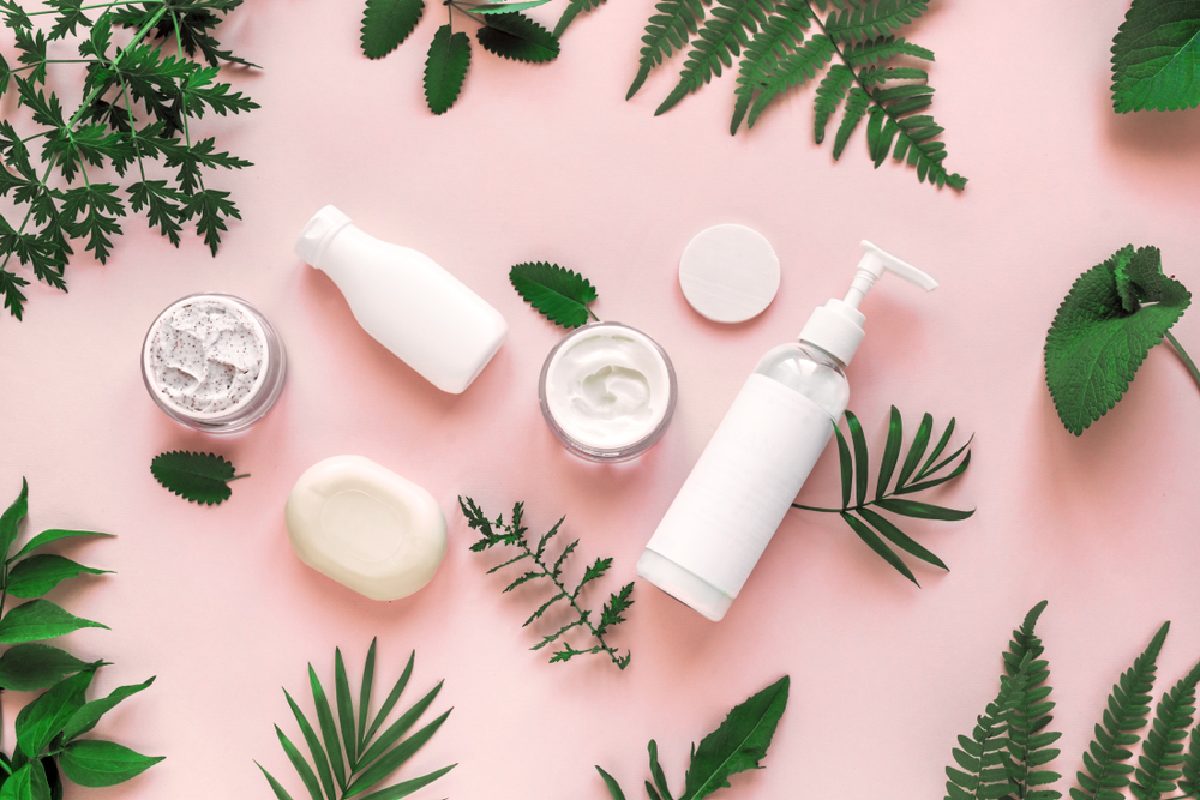

You have probably heard that your skin is your body’s largest organ. While this adage is correct, the skin that covers your muscles and bones is different from person to person. For instance, you may break out easily while your friend has super clear skin, and you might see a freckle or two on your nose while your neighbor has a number of moles.
To help care for this amazing organ, it is important to get to know the type of skin you have. Skin care is not a one-size-fits-all type of situation. In order to have the healthiest-looking skin possible, it’s important to know what type you have, understand its needs and to use the products meant for it.
With this in mind, let’s look at the four common skin types and how to care for each one—as well as some additional pointers:
Table of Contents
Your buddy with the clear skin may have been blessed with normal skin. It tends to be clear, free of obvious imperfections and is neither dry nor oily. People who have this type of skin do not typically have to purchase special products; a basic face wash and moisturizer should do the trick.
However, it might be true that normal skin doesn’t require any special type of product, so you should seek dermatologist guidance before buying any product. That being said, if you are looking for a doctor to guide you, click here for the Most Recommended Doctor in Dubai.
Dry skin can be caused by environmental factors like low humidity or taking a shower in too-hot water. It can also be from a skin condition called atopic dermatitis, also known as eczema. Either way, if dry skin is an issue it can be very uncomfortable and your face might feel tight, become red and even crack. People with eczema also tend to feel very itchy. To care for dry skin, start by eliminating as many environmental issues as you can; for example, avoid long hot baths and showers. The Mayo Clinic recommends looking for cosmetics that contain moisturizers. When it is still damp after bathing, apply an oil-based product like baby oil or something that contains petroleum jelly. Stay away from harsh cleansers, instead choosing mild soaps that also have added fats and oils.
Also known as irritated skin, this type of skin will often react to things that wouldn’t faze normal skin. If regular soap causes your skin to turn red or feel tight, if you notice certain laundry soaps lead to breakouts or a rash, or you really have to steer clear of any cleanser that is perfumed or contains dye, you probably have sensitive skin. To prevent these reactions from occurring, stick with unscented, color-free and gentle cleansers as well as laundry soaps and moisturizers. Look for words like “hypoallergenic” and “pH balanced” on the labels when shopping for anything that will come in contact with your skin.
This type of skin is caused by the body’s sebaceous glands creating too much fat, which in turn will cause the skin to look shiny. It is pretty common for younger people to have oily skin, which can also lead to skin issues such as acne and breakouts. To treat oily skin, an acne skin care regimen can be really helpful. For example, the 2 step Spotless Regimen from Rodan + Fields is an acne treatment for teens and adults that includes an acne face wash and an acne clearing product. By avoiding generic cleansers and instead using acne products for teens and adults, you should find that not only will your face appear less oily and bright, but breakouts will be minimized.
No matter what type of skin you have, you may notice the appearance of moles. As the American Academy of Dermatology Association notes, virtually every adult has at least a few moles and those with lighter skin may have 10 to 40 of them. If you notice new moles or any that are growing, itching, bleeding or changing in any way, please make an appointment with a dermatologist for a skin check.
Caring for your skin takes more than using a bar of soap you grab at the supermarket. It’s a good idea to study your skin to see what type you have, and then use appropriate products. While you are at it, check for moles and any other issues, and you should find that your body’s largest organ looks and feels its best.
In the relentless pursuit of entrepreneurial success, it’s easy to overlook the most vital asset—yourself.… Read More
A barrel sauna isn’t just a visually striking wellness addition—it’s an efficient and highly functional… Read More
Technology is an integral part of most teenagers' lives today. While devices and social media… Read More
LASIK is one of the most popular vision correction surgeries that offers you freedom from… Read More
Plumbing issues can arise unexpectedly, and understanding the costs involved is crucial for homeowners and… Read More
Skin aging is often associated with external factors like sun exposure and pollution, but inflammation… Read More